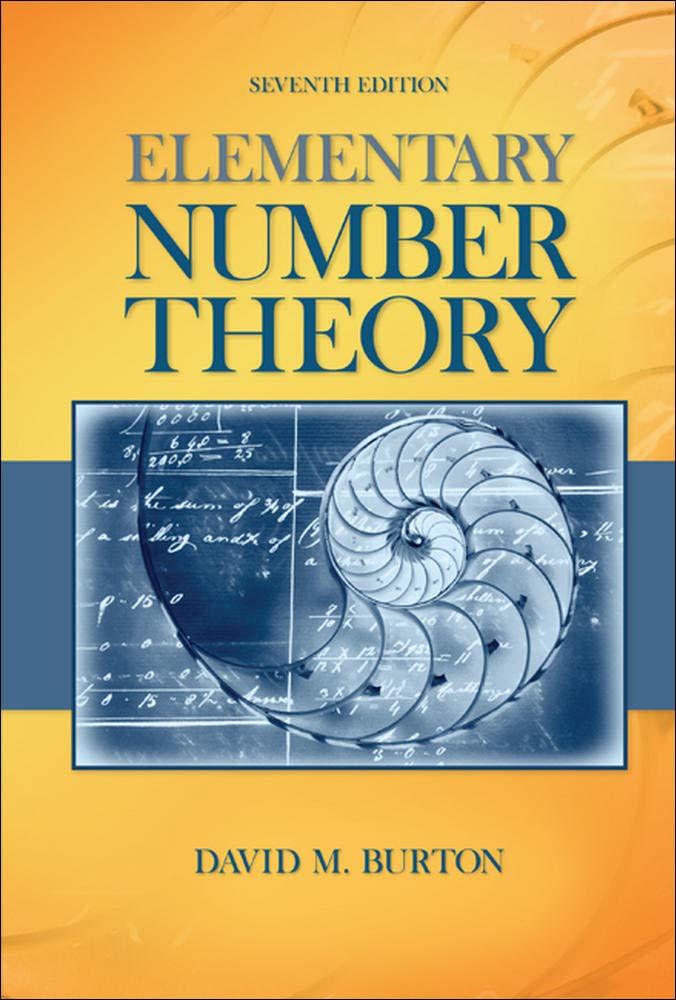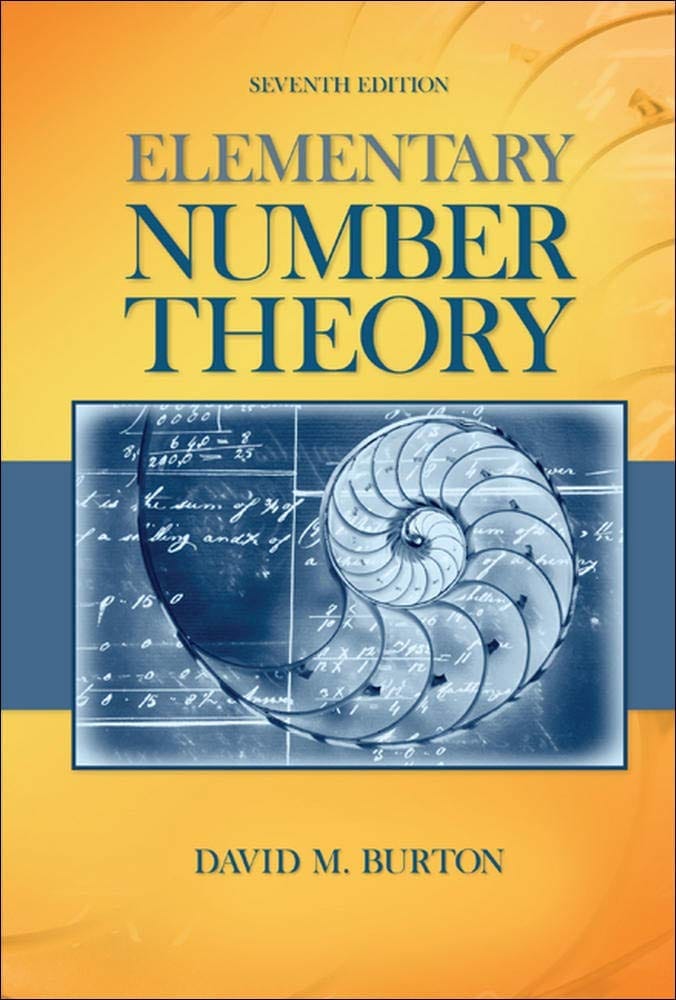
Elementary Number Theory Problems 4.3 Solution (David M. Burton's 7th Edition) - Q9
My Solution for "Find the remainder when $4444^{4444}$ is divided by $9$. [Hint: Observe that $2^{3} \equiv -1 \pmod {9}$.]"
Table of Contents
Background
All theorems, corollaries, and definitions listed in the book's order:

I will only use theorems or facts that are proved before this question. So, you will not see that I quote theorems or facts from the later chapters.
Question
Find the remainder when $4444^{4444}$ is divided by $9$.
[Hint: Observe that $2^{3} \equiv -1 \pmod {9}$.]
Solution
$$ \begin{equation} \begin{split} 4444^{4444} & \equiv (4 + 4 + 4 + 4)^{4444} \quad \href{https://www.ranblog.com/blog/theorems-and-corollaries-in-david-m-burton-number-theory/#section-43-binary-and-decimal-representations-of-integers:~:text=62.-,Theorem%204.5,-Let}{\text{By Theorem 4.5}} \\ & \equiv 16^{4444} \\ & \equiv (-2)^{4444} \\ & \equiv 2^{4444} \\ & \equiv (2^{3})^{1481} \cdot 2 \\ & \equiv -1 \cdot 2 \\ & \equiv 2 \\ & \equiv 7 \pmod {9} \end{split} \nonumber \end{equation} $$Read More: All My Solutions for This Book
Related Pages
Ranblog Newsletter
Join the newsletter to receive the latest updates in your inbox.


